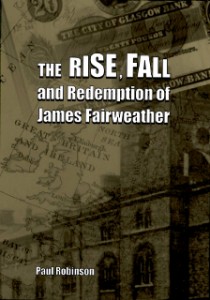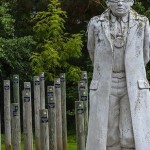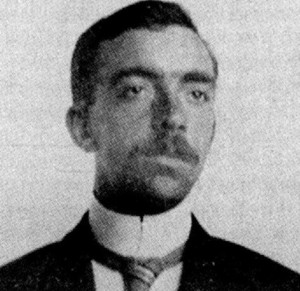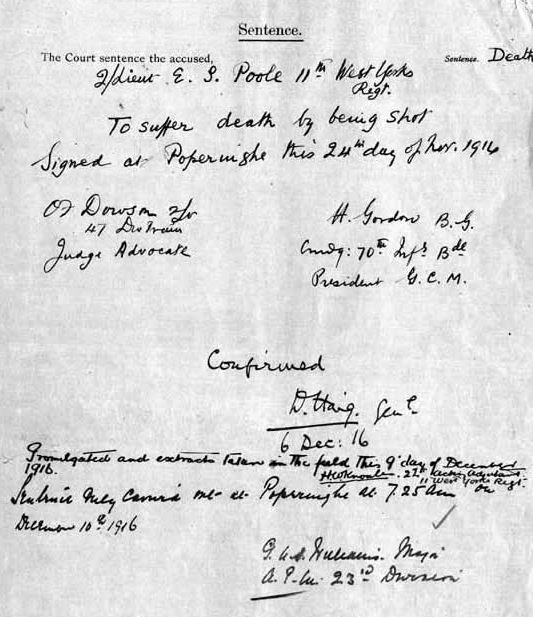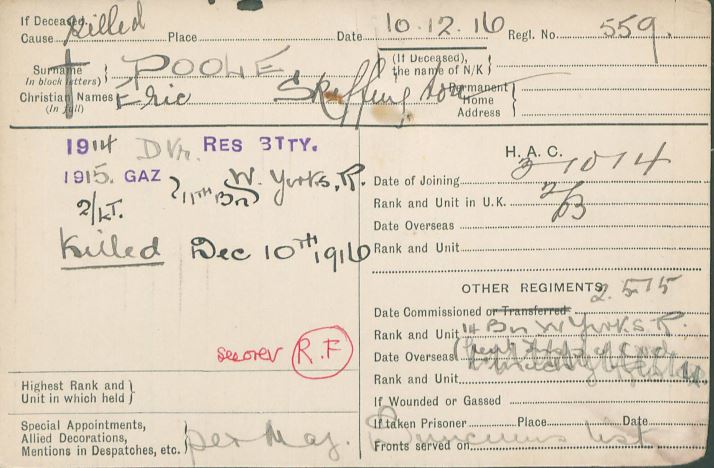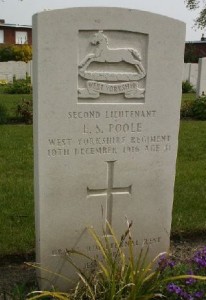After repeatedly saying I was going to go to the Pleogsteert 14-18 Experience, which I had seen on recent visits to the area, I set off one day for the hour long journey. I was armed with ‘Sally Satnav’, my camera (minus spare batteries……..oops!) and a bag of Wine Gums!
I had, before setting off, had a look at the Pleogsteert 14-18 Experience website, to find out it’s opening times and how much it was going to cost etc,. Did I wish I had not bothered? Yes! The site has the capability of changing languages, but I found it hard to work through, with many of its pages not loading, just leaving me with a page of empty squares. It was not the kind of website I had expected for such a new historical experience.
Let the journey begin, after stopping at Pont Dachelles Military Cemetery to see who was there (another blog), I found myself in Ploegsteert. There was only one sign, on a round-a-bout telling me of my final destination, but I did know where I was going, as the Experience is situated next to the Ploegsteert Memorial – and you can’t miss that wonderful structure, even if you try! I followed the sign, which was where ‘Sally Satnav’ was taking me. I knew there was parking on the main road, as I had parked there on many occasions, but thought there may have been a car park specifically for the venue – not a sign in sight for that one!
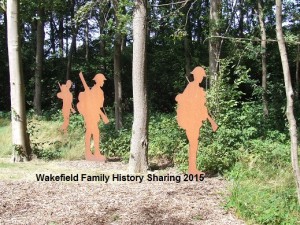
Pleogsteert 14-18 Experience soldiers
I crossed the road, which was surprisingly quiet, and walked along the tree lined path to the venue. As I came within a few yards of the sloping entrance, tall metal figures representing First World War soldiers greeted me from just within the tree line. The entrance is a gently sloping path, leading to an underground centre. Atop the centre is a glass pyramid.
On entering the small hall are a selection of CWGC booklets (free), informing of a few cemetery/remembrance trails, plus leaflets

Pyramid entrance
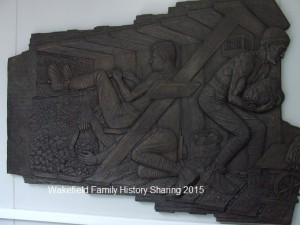
Australian tunnellers
informing of an Australian trail and a very informative leaflet on TocH. Into the main reception area there is a selection of books in various languages and various items for sale – each one having a poppy somewhere upon its surface. I did notice a quite striking bronze plaque/monument on the wall, depicting Australian tunnellers. I paid my 5euro and was informed by a young lady how to proceed and which language buttons to press!
On entering the darkened hall I sat down and pressed the ‘E’ button to listen to the first of the presentations. Initially, quite interesting, as it passed from how Great Britain and Europe expanded its territories during the early 1900’s. Then, how with the assassination in 1914 war began. The presentation went on, month by month, year by year and I am afraid by 1916, I was all warred out! As I exited I was met with a large surface area covered in a map and another visual presentation on the wall – I gave that a miss too!
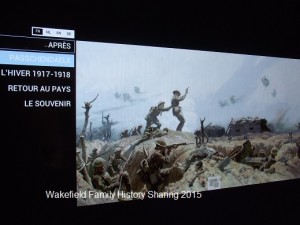
Interactive wall
Turning away from that section, in front of me was what looked like a shiney black display case with no instructions of what to do, only a few lines by Peter Eglund. I had been told by the young lady that there was a display to be found here – where? Being a little on the nosey side, I touched the dark surface and and wow!!! Displays appeared. Interactive displays in various languages. Press the buttons and off you go. As you venture around that display you are met with a wall of crosses and oblongs – some being illuminated. Behind each of the illuminated crosses and oblongs is a picture of
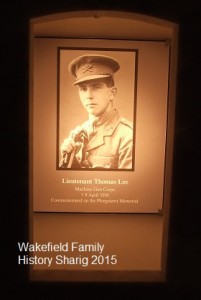
Lieut T Lee
a soldier. A cross hides the face of a German soldier and the oblong shelters the face of a Commonwealth casualty.
Walking now towards the exit is another interactive presentation – as you walk within a set area the display changes and shows some of the cemeteries within the area, and there are a few. Back in the fresh air, I walked up the slope and followed the path, thinking there may be more to see outside…………….wrong, but I did find the car park!
What I also found, and to me was the most enjoyable part of the afternoon, was a pond with a small deck that allowed you to stand a few feet above the war. The pond edged with bulrushes, was a quiet spot to ponder your thoughts, as you watched the numerous electric blue and vibrant red/orange dragonflies dart across the still water. Some chose to settle

Dragonfly
for a moment on the bulrushes or land upon the greenery just slightly protruding from the water. What a pity the deckings railings were too low to rest on while you enjoyed colourful visions. What a pity there was no seating – as it would have been enjoyable to spend a little longer there.
Like this:
Like Loading...
